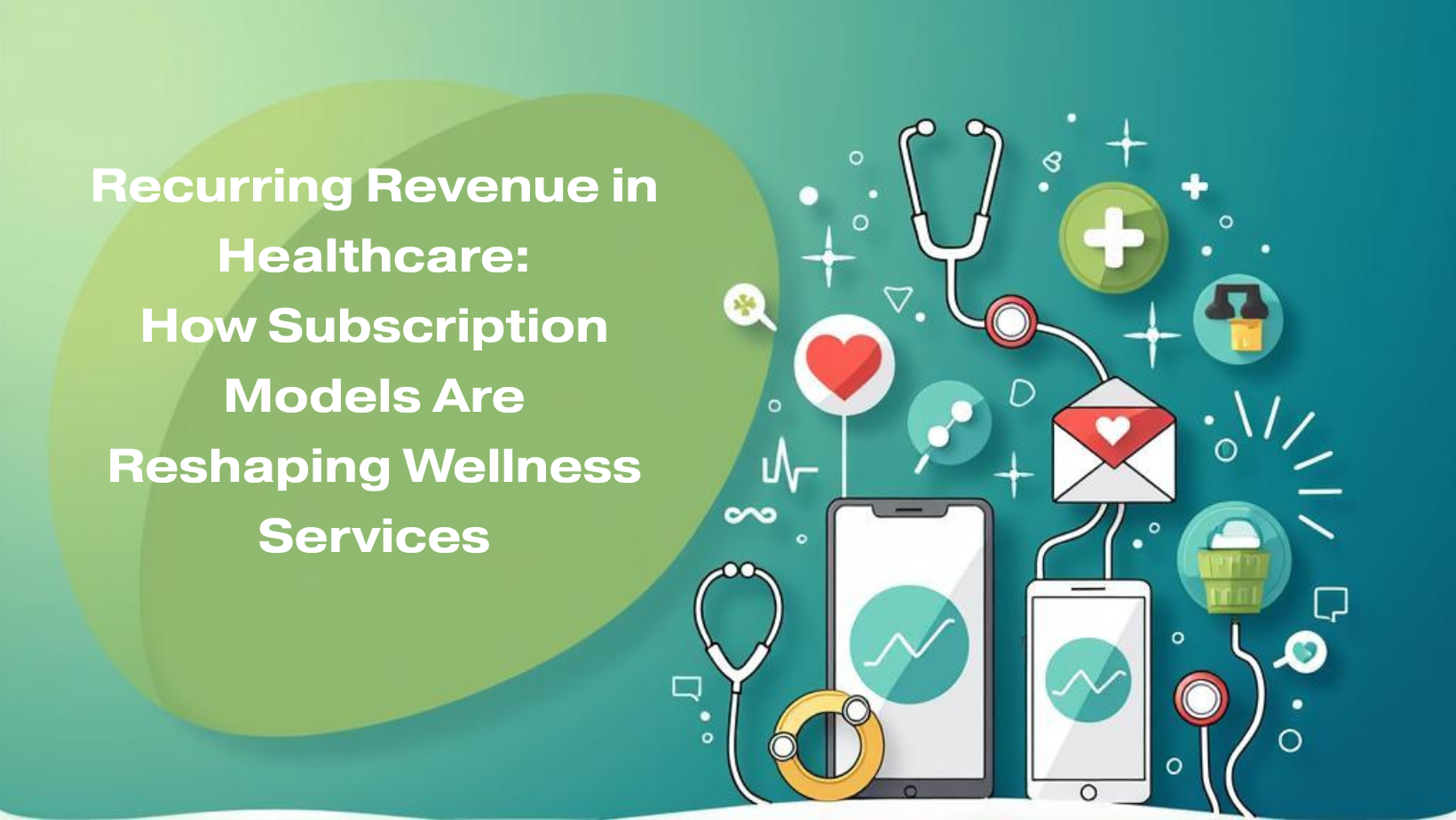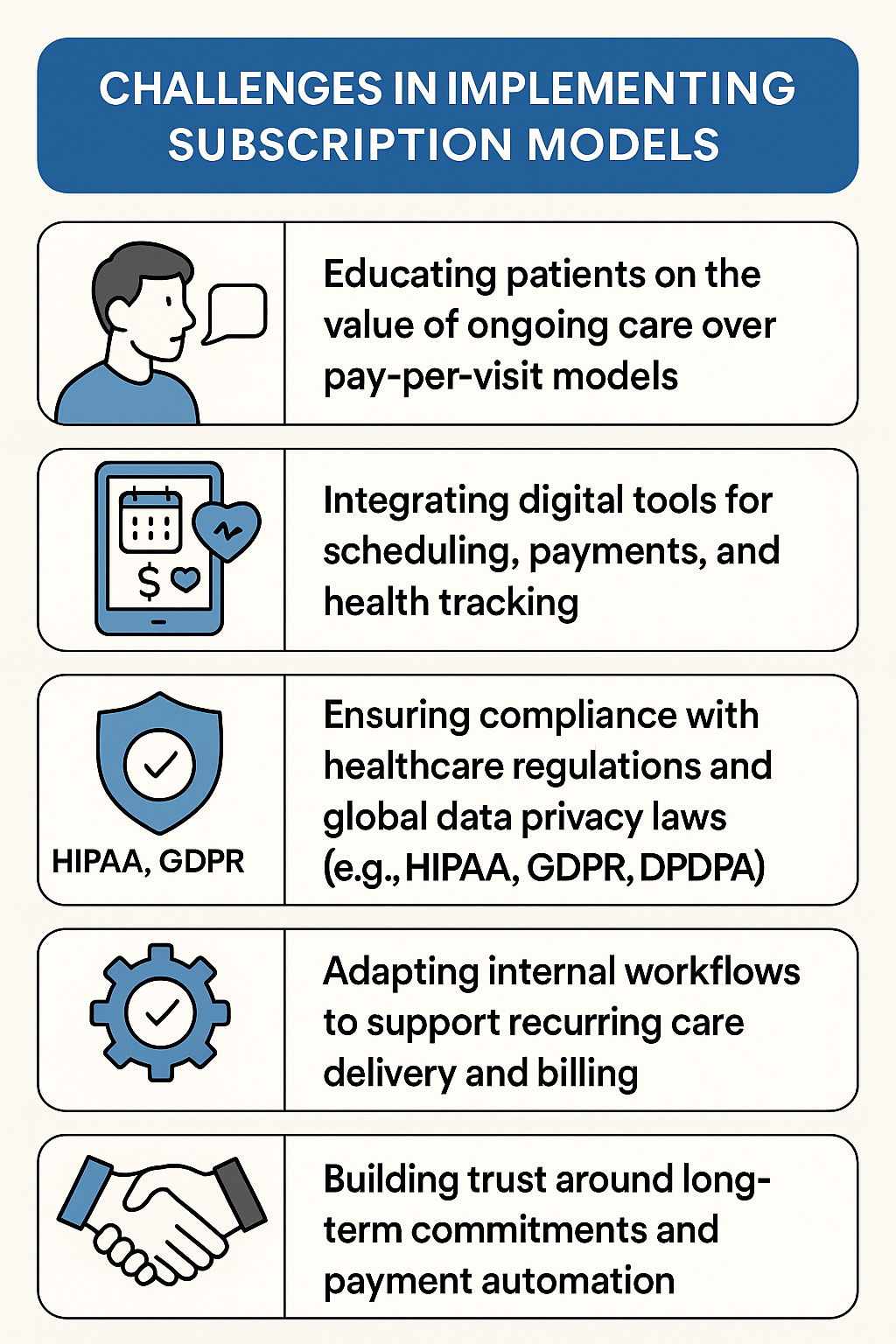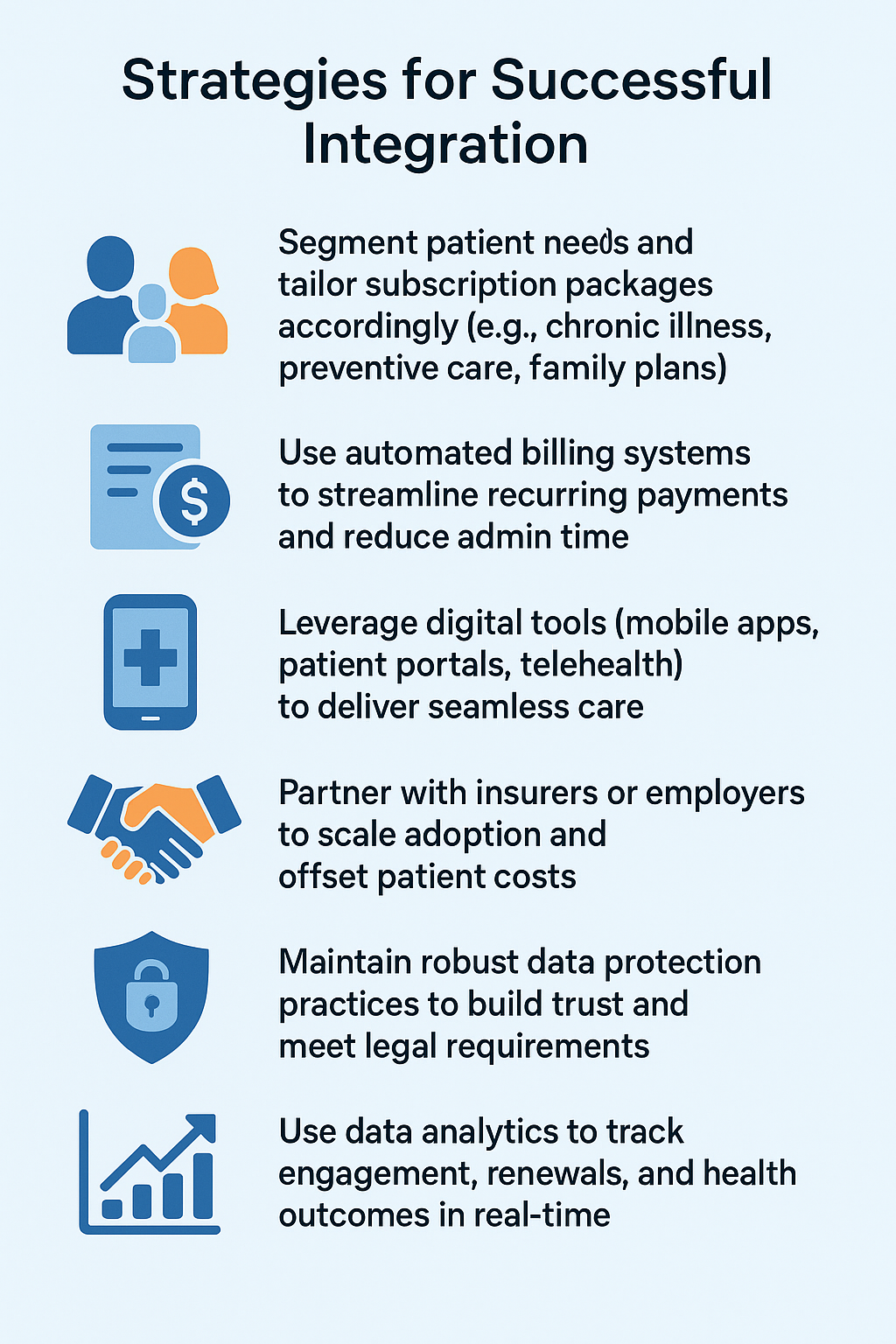
Is your clinic constantly chasing patients for follow-ups or struggling with unpredictable income? Are you finding it difficult to deliver consistent care in a cost-effective way? You're not alone.
Globally, many healthcare providers are grappling with the limitations of transactional care models—ones that prioritize volume over value and episodic visits over continuity. With rising patient expectations, operational costs, and administrative burden, the need for a predictable, scalable, and patient-centric revenue model has never been greater.
Enter subscription-based healthcare: a smarter, recurring revenue approach that fuels consistent engagement, better health outcomes, and financial resilience. In fact, the global digital health market is projected to exceed USD 660 billion by 2030, with recurring billing models driving much of this growth.
This blog explores how recurring revenue is transforming healthcare worldwide—and why it’s time for providers to embrace the shift.
The Rise of Subscription Models in Wellness Services
Subscription-based models are reshaping how wellness and healthcare services are delivered. By offering ongoing access to personalized, proactive care, providers create a win-win: improved patient satisfaction and a steady revenue stream.
Instead of relying on one-time appointments, subscription models focus on long-term health journeys, which help patients stay engaged, monitored, and supported. From telehealth memberships to chronic care plans and corporate wellness subscriptions, these models are gaining momentum across clinics, hospitals, and digital health startups alike.
Key Benefits of Recurring Revenue for Providers and Patients
For healthcare providers, recurring revenue means:
For patients, the benefits are just as compelling:
This model is particularly powerful in today’s on-demand world, where people expect healthcare to be as accessible as Netflix or Spotify.
Challenges in Implementing Subscription Models
Despite the clear benefits, implementing a subscription model comes with challenges:

Overcoming these requires the right mix of technology, communication, and patient-centered design.
Strategies for Successful Integration
To transition smoothly into recurring revenue models, healthcare providers should:

By taking these steps, providers can unlock a model that supports both wellness and business growth.
Real-World Examples of Subscription-Based Healthcare
Many healthcare innovators are already seeing success with this model:
These examples show the versatility of subscription-based care—whether it’s serving tech-savvy urban users or bringing preventive care to remote areas.
Conclusion: The Future of Healthcare Is Subscription-Driven
Across the globe, healthcare providers are rethinking traditional models and shifting toward subscription-based services—and for good reason. These models offer a smarter, more sustainable way to deliver care by enabling predictable revenue, stronger patient retention, and continuous engagement. From small clinics to large healthcare networks, the benefits are universal: improved outcomes, streamlined operations, and lasting relationships.
However, implementing this model successfully requires more than just a pricing plan. Providers must:
Ready to simplify subscription care and boost predictable revenue?
MYFUNDBOX gives you the tools to automate billing, manage recurring payments, stay compliant, and scale across geographies—seamlessly.
See how it works in healthcare: [Book a free demo] or [start a free trial] to subscription-based billing.
The future of healthcare isn’t transactional. Let’s build your recurring revenue engine—together.
.png)
.png)















